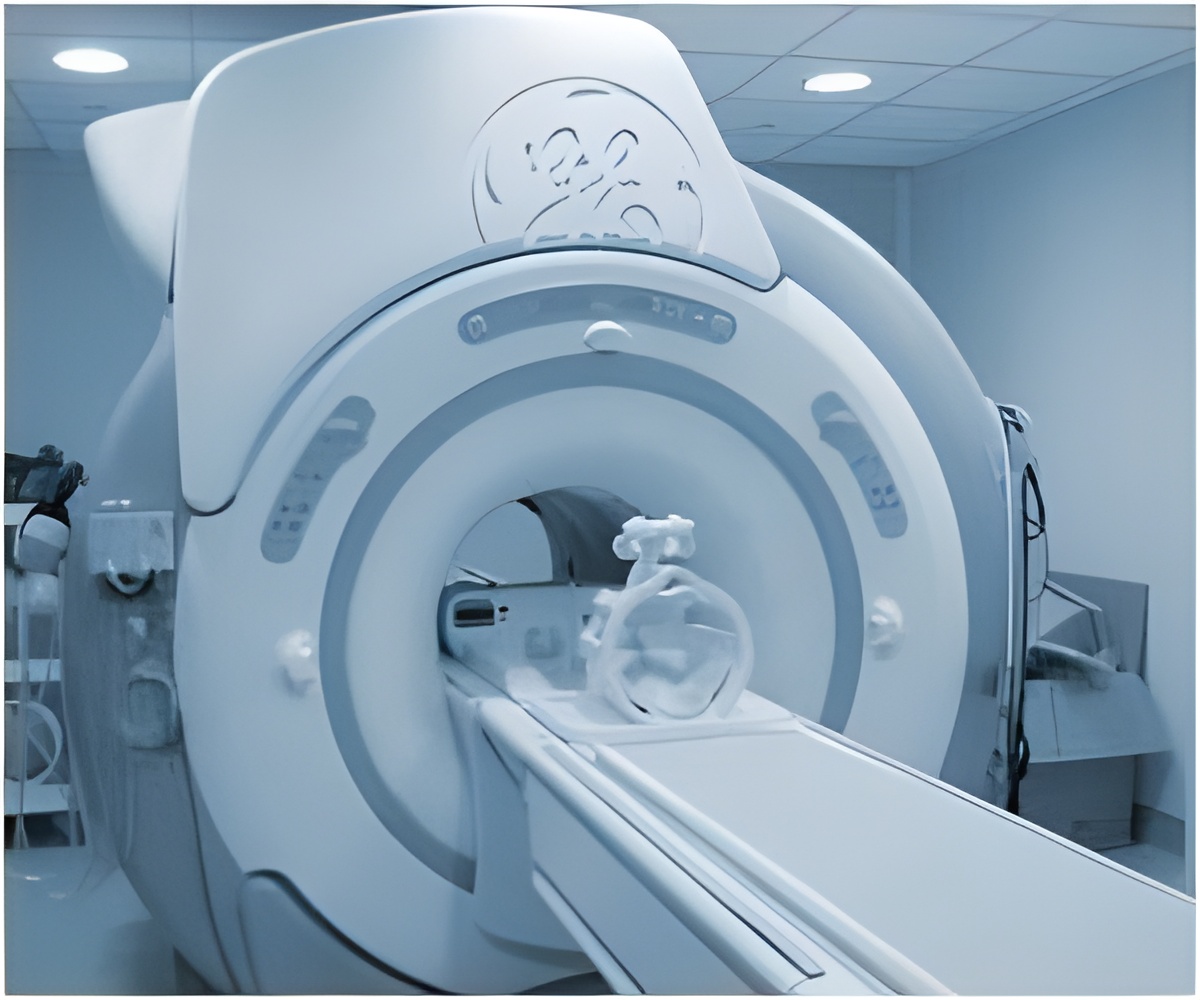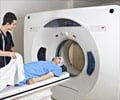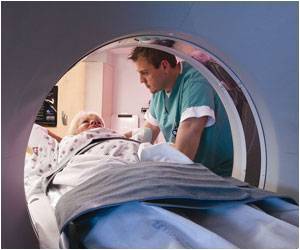Researchers have created a novel way to enhance MRI by reducing interference from large macromolecules that can often obscure images generated by current chemical exchange saturation transfer (CEST) methods.

"We have found a way to eliminate signals of certain molecules and thereby clean up the image of parts of the body that could be used by medical professionals in order to make diagnoses," explained Alexej Jerschow, a professor in NYU's Department of Chemistry.
The study's other authors were: Ravinder Regatte, professor, Departments of Radiology and Orthopedic Surgery, NYU Langone Medical Center; Prodromos Parasoglou, a post-doctoral research fellow, and Ding Xia, an assistant research scientist, at the Center for Biomedical Imaging, Department of Radiology at NYU Langone Medical Center; and Jae-Seung Lee, an NIH research fellow, who holds appointments in NYU's Department of Chemistry and NYU Langone Medical Center.
The researchers' work aims to improve a decade-old method, chemical exchange, which has been used to enhance MRI techniques. Under this approach, scientists exploit the movement of atoms from their natural molecular structure to water in the body in order to enhance their visibility.
However, these efforts have often been hindered by the presence of macromolecules, which continue to obscure the smaller molecules that are of interest to doctors and other health-care professionals in making assessments. The macromolecules' interference is the result of two phenomena: their size and their frequencies.
Neutralizing the macro-molecular frequency interference was the focus of the NYU method reported in Scientific Reports recently.
In the Scientific Reports work, the researchers again focused on improving visibility of GAGs through MRI. But, in this effort, they sought to block the signaling impact of the macromolecules that obscure the observation of GAGs.
"This method gives us the opportunity to correct existing CEST methods by focusing on molecular signals of interest with much better precision than currently exists," explains Regatte.
Source-Eurekalert
 MEDINDIA
MEDINDIA



 Email
Email




